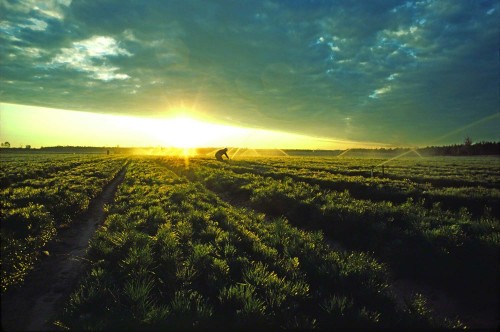Check out my new workshop on the six concepts in the Psychology of Gestalt: Gestalt Workshop link
Actually, the actual line came from one of my favorite all time movies, On the Waterfront from one of my all time favorite actors, Marlon Brando. Here is the actual scene for those old enough to remember it: http://www.youtube.com/watch?v=A_GGVDVrIcM
I’m writing this post as a result of another of my students taking my online class with the BPSOP just telling me that the Histogram is a great tool for figuring out the proper exposure..
It’s also come up a number of times when during one of my “Stretching Your Frame of Mind” workshops I conduct around the planet, I’ve walked up to a fellow photographer during the last rays of golden light coming from a beautiful sunset and he was studying the histogram on the back of his camera.
“What????? Are you kidding me?????” I say to them. Ok, let me get this straight, they’re standing there looking at some diagram on the back of their camera, deciding if the exposure is correct? When there are seconds of great light left? You do know what could and will probably happen…right? When they decide on the right exposure, the light will be gone.
Light is so fleeting, that even for someone like me who has made light the number one priority in his photography over the past fifty-three years and is damn good at it, still has to react quick ( as in very quick) to get the shot.
I can say that in all these years, I’ve never thought about a Histogram or any device created by the Digital Dork Gods that are supposed to make you a better photographer.
What about these insane yet comical blinking lights that they also put on the back of your camera…why? So you won’t clip the highlights. What do I mean?
Here’s one of those definitions, and would I love to meet the person that wrote it!!!!!
“The clipped area of the image will typically appear as a uniform area of the minimum or maximum brightness, losing any image detail. The amount by which values were clipped, and the extent of the clipped area, affect the degree to which the clipping is visually noticeable or undesirable in the resulting image.”
UNDESIRABLE??? SERIOUSLY???? If you’re the one that wrote this please contact me so I can try to get your head screwed back on so you’ll see where you’re going instead of always looking behind you and in the past.
I digress.
Why would these digital dork Gods want to put these helpful tools on the back? To lead you down a one-way ticket to mediocrity.
Why would you want to take a normal picture with an average exposure that a Histogram will do for you? I suppose it’s the safe thing to do and to me safe means average.
Be a student of light and exposure, and the best way to achieve that is to learn how to bracket. Learn the shutter speed/aperture combinations, know when to overexpose more and when to underexpose more.
Yes, I know that you really don’t need to know all that because that’s what Lightroom is for. Knowing how to adjust exposure in front of a monitor will definitely make you a better computer artist/digital technician but why not strive to be a better photographer. When it’s all said and done, twenty, thirty, or forty years down the road, you won’t have a clue as to what makes a good photo. What makes your pictures stand out from all the others.
In all these photos, including the one above, If I had looked at a Histogram to decide on what exposure looked the best, I would have lost the light and the shot in every one of them.
Btw, all these photos were created by bracketing and are all created in the camera, not sitting in front of a computer.
Visit my website at: www.joebaraban.com, and follow me on Instagram: https://www.instagram.com/barabanjoe/ Check out my workshop schedule at the top of this blog.
Come shoot with me sometime…like Marlon Brando, be a contender.
JoeB























